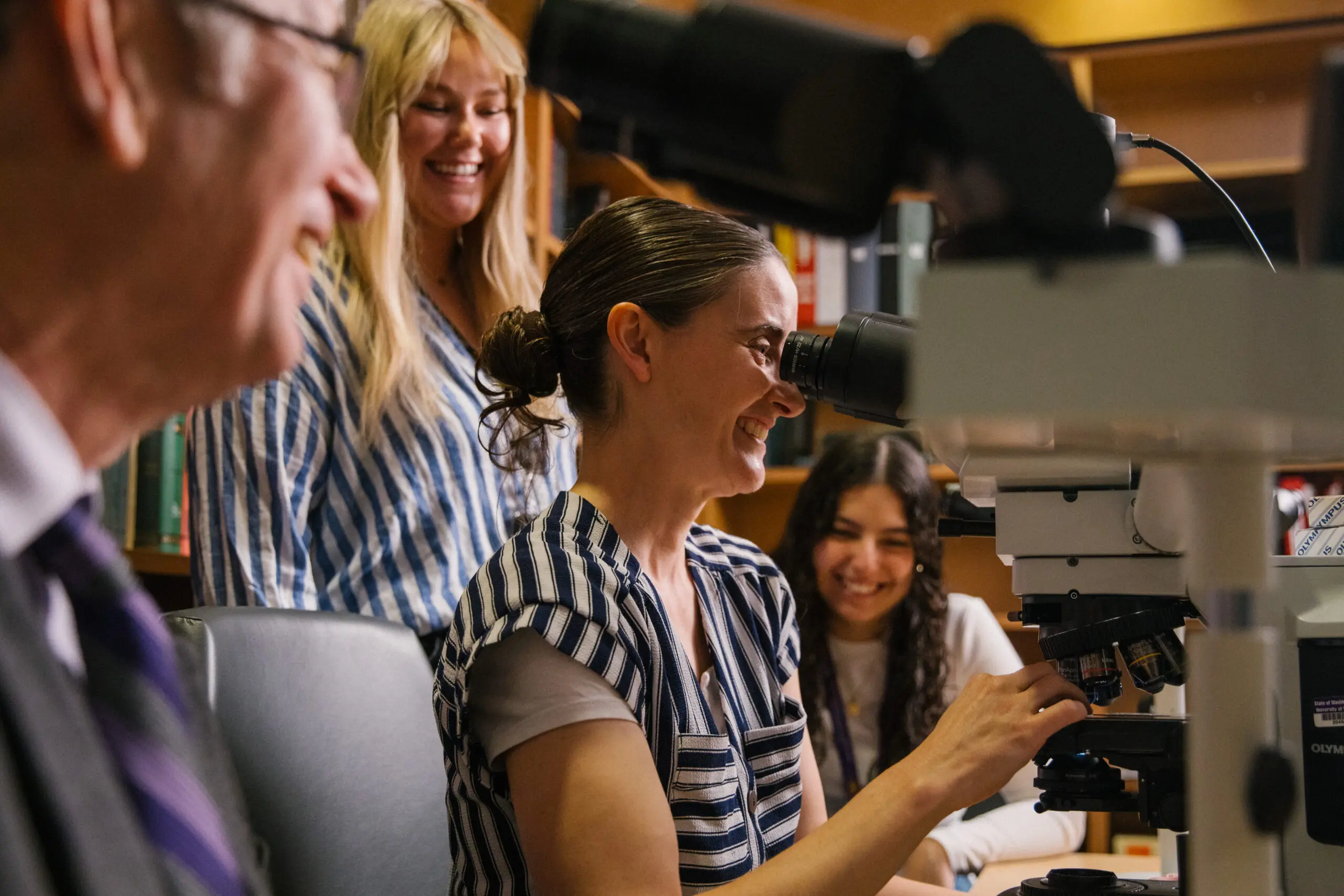Imagine your kid on the soccer field. They jump to head the ball, collide with another player, and end up with a concussion.
They don’t need surgery or to be admitted to the intensive care unit, but weeks later, you notice they’re still struggling with headaches, mood swings, lethargy, and other symptoms that interfere with their ability to do well in class.
Unfortunately, this is a common scenario in the U.S. where an estimated 1.1 to 3.8 million concussions occur annually among youth. A type of traumatic brain injury, concussions usually resolve within three to six weeks, but during this time and sometimes for much longer, people can experience a wide range of symptoms, including headaches, nausea, poor memory, short attention span, difficulty focusing and depression.
Improving awareness, reducing harm
Concussions are invisible, and because symptoms vary, they are difficult to diagnose, monitor, and treat. However, awareness of concussions and their impacts is increasing, which is why all 50 U.S. states (Washington state was the first) have passed “Return-to-Play” laws called the Lystedt Laws that require medical consent before a young athlete who has had a concussion can return to playing sports.

Monica Vavilava, MD
However, there are no laws or even standard guidance around returning to the classroom after a concussion, including what kind of accommodations might be needed and for how long. This means there is no requirement for schools to accommodate students who need extra time to recover, and that youth across the country are receiving inconsistent, highly variable care.
This is the kind of problem that the Harborview Injury Prevention & Research Center (HIPRC) specializes in solving with research and policy that aims to reduce harm from injury and violence and decrease disparities in care. Supported by the UW School of Medicine and Harborview Medical Center, HIPRC is a leader in injury cause and prevention research.
In 2014, Monica Vavilala, MD, UW professor of anesthesiology and pain medicine and director of HIPRC, noticed that students with traumatic brain injuries, including concussions, were not getting adequate services in schools — a reality confirmed after surveying schools across the state and holding a summit with teachers, policy makers, parents, students, researchers, and clinicians.
“Schools asked us to help provide guidance, so we developed a “Return-to-Learn” (RTL) program based on the best available evidence, including from our UW Medicine clinicians and researchers, our office of superintendents, teachers, school nurses and athletic trainers,” says Vavilala.
A tool kit that works for everyone
A successful trial has proved that the RTL program is low-cost to implement and directly benefits students and school personnel. It works by training RTL “champions” within school systems to deliver quick, appropriate responses to youth with concussions. School personnel use the RTL tool kit to recommend accommodations based on student-reported symptoms, providing the same standard of care for everyone.

Sally Alfred
Sally Alfred, a nurse at Redmond High School and an RTL champion, can attest to the benefits of the tool kit for herself and her students. She sees how hard it is for students to rally after a concussion and get back to learning when they don’t feel well, despite looking fine on the outside.
Moreover, Alfred adds, it’s often hard for adults to take the health concerns of young people seriously and difficult for young people to advocate for themselves when they’re not feeling well. That’s where she can help.
As an RTL champion, Alfred meets with students weekly after they sustain a concussion, tracking their symptoms, recovery and progress. She helps determine what kind of accommodations they need using the recommendations provided by the tool kit. She refers students to the right places if their injuries end up being more severe or their recoveries take longer than expected.
“I help tie together their home and school experiences and translate that for their teachers,” says Alfred. Over the course of the year, she sees students with concussions sustained from any number of causes, but mostly from sports, car accidents or physical altercations. By regularly meeting with them, she’s been able to identify when a student may have issues at home impeding their recovery, when they may have suicidal ideation as a result of their concussion, and when they just need an extra week or two of rest before re-joining the classroom.
She also appreciates how the RTL program reduces disparities in care. In her school, some students have parents who have the resources and capacity to advocate on behalf of their children. These students may also have regular primary care and access to stable health insurance, but not all students have these privileges. With the tool kit, she’s able to provide every student she sees with the same personalized care.
“As a public-school nurse, there’s not a lot of tools and resources. You can ask three different people and get three different answers about what information you need. The RTL program has really streamlined the process. It’s made my job a lot easier,” she says.
Finding much-needed support
The RTL program has already proven successful in high schools across the state, and more schools are requesting it, including middle and elementary schools. But funding remains a frustrating challenge for Vavilala.
“We know the problem exists. We know we have a product that works. And yet we can’t get it into the schools because there’s no budget for that,” she says. Funding is also lacking for the data collection that HIPRC has been doing in partnership with the Department of Health — data that could help guide concussion services and care.
That’s why private funding has been critical to moving the work forward. Funds from foundry10, an education research organization, provided resources for HIPRC to roll out the RTL program to 14 Washington state public high schools.
“foundry10 was wonderful. They supported development of this work by providing resources that allowed us to hire a staff person to execute on the projects. Without that, it wouldn’t have been possible to do this work,” says Vavilala.
Lisa Castaneda, CEO and co-founder of foundry10, says their values lined up perfectly. “The Return to Learn program is exciting for foundry10 because it aligns with the holistic way we think about children and setting them up for success in learning environments. It is a program that directly translates research on concussions and learning into spaces where tangible changes can be made.”
Tangible change is something that foundry10 has prioritized since its inception, says Castaneda, and they’ve found a lot of opportunities that support their goals at Harborview, including other programs at HIPRC. In previous years, foundry10 helped secure several new scholarships for a program called the Injury Prevention Student Internship Training (INSIGHT) Program. This program aims to introduce young adults, especially students from underrepresented groups in medicine, to the field of injury and violence prevention, thereby creating a pipeline for the next generation of researchers, clinicians and policy makers who can reduce harm from injury and violence.
However, when it comes to protecting the brain from traumatic brain injuries and concussions, the next move is clear and can be implemented in schools right now with additional philanthropic support.
“We need to provide timely accommodations for students who need it using information based on research and data,” says Vavilala. “That’s what UW Medicine physicians and researchers do. That’s what we do best.”
Written by Eleanor Licata

